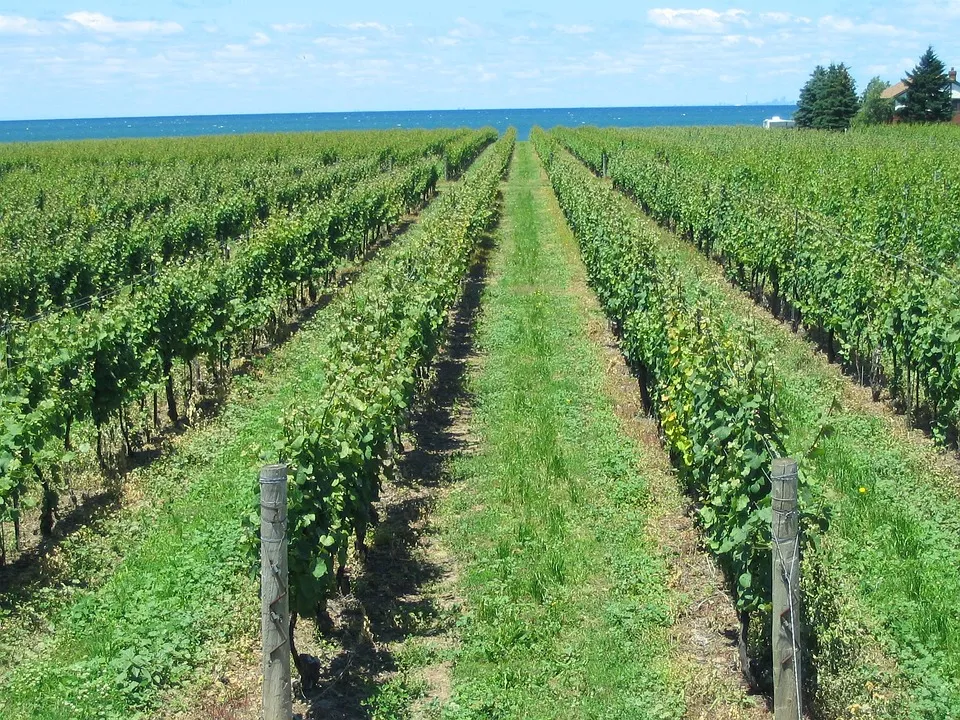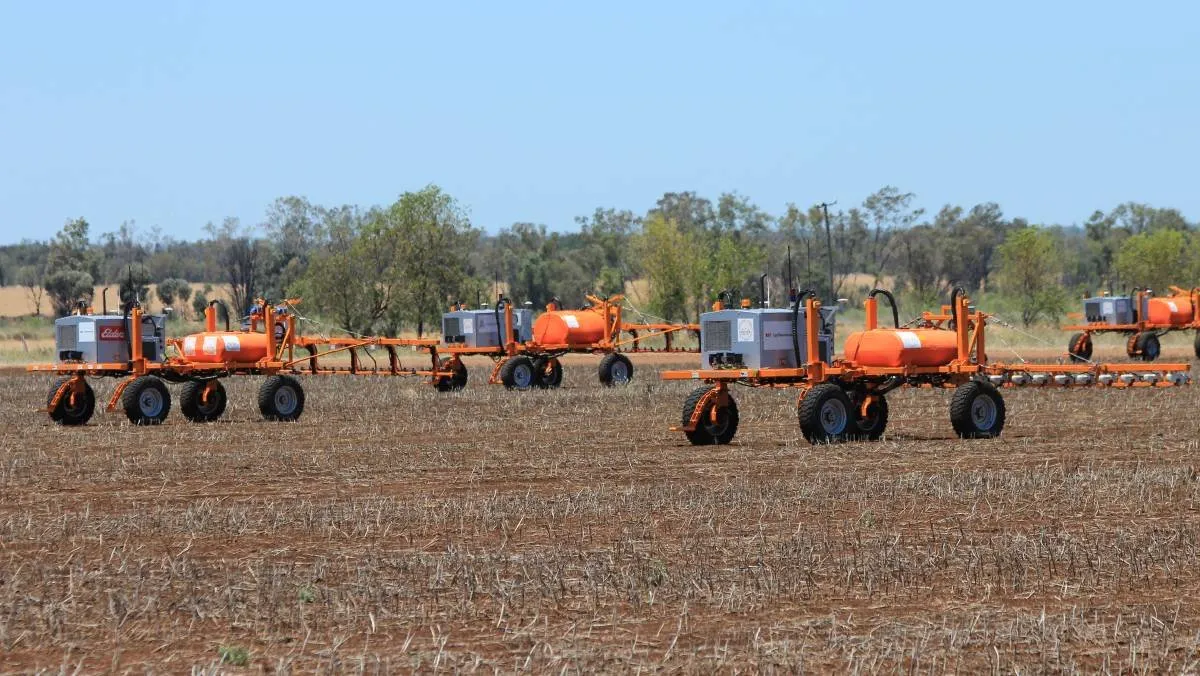
Robot technology is quickly evolving and making its way across the farming industry today, with many growers now using drones and a myriad of others tools to help them monitor their land, plant, spray, and more.
In both Canada and Australia, they've been embracing small start-ups that have been exploring the potential of fully autonomous farm equipment.
They've already got weed-killing robots that are able to spread and mow, and plans for tractors that will drive without the need of a farmer, a robot soil sampler, and more.

Above is the driverless tractor design that's being offered by SwarmFarm in Australia, and those who've tried out the technology so far admit that it's been able to save them at least 80 percent or more on chemical costs.
There are alternative and creative ways to grow crops, some that might be better farming systems, and increasingly growers have been looking to see how they can improve their overall efficiency and profitability with those new or reemerging methods.
"Farmers have a demand for productivity, and they'll take it in whatever way we can give it, and technology is the new way," - B. McClelland, product manager of autonomous vehicles at CNH Industrial.

A growing number of farmers today are already using drones to help them keep track of their crops, to spray chemicals, assess the health of plants, and more. As the technology has gotten cheaper, it's meant that more farmers could afford to embrace these potential solutions into their approach.
The next wave of agricultural technology is coming, where we still start to see more commercial-scale autonomous farming solutions arrive in the next few years.
The same is said for farming.
“Automation is not going to run the farm,... It won’t replace good judgement. A farmer will always be an accountant, agronomist, mechanic, and marketer. Automation won’t tell him exactly how to farm, but it is a huge help, and that’s right [these sort of] technologies..fit in.”- Colin Hurd, founder and CEO of Smart Ag
The autonomous farm equipment market is expected to reach at least $180 billion by 2024.
Pics:
Pic1
Pic2
Pic3
